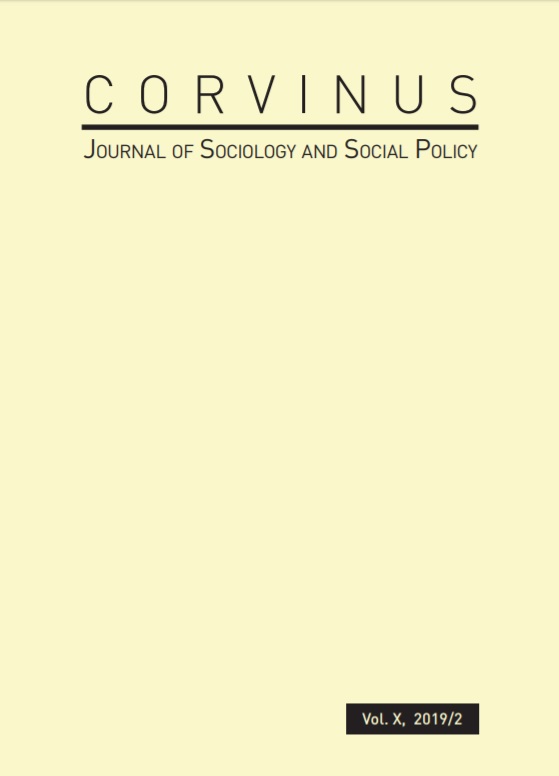A comparison of Pride Parade’s media representation in Hungary and Ireland
A comparison of Pride Parade’s media representation in Hungary and Ireland
Author(s): Réka TamássySubject(s): Gender Studies, Media studies, Identity of Collectives
Published by: Budapesti Corvinus Egyetem Szociológia Doktori Iskola
Keywords: LGBTQ; media; representation; homosexuality; Pride Parade; content analysis; discourse analysis
Summary/Abstract: In this study I aim to define and compare lesbian, gay, bisexual, and queer (LGBTQ) media representation in Hungary and Ireland. The analysis was carried out on television reports about the Pride Parade. News reports were analyzed between 2009 and 2016 on two Hungarian (M1 and RTL Klub) and one Irish (Raidió Teilifís Éireann) television channel. The bases of the comparison were the differences in political discourse and the level of acceptance of LGBTQ people. To analyze this media portrayal, two methods were used: code-based content analysis, and critical discourse analysis. With the two methods, the media frames in which Pride was represented could be defined. RTÉ turned out to be the most accepting of the media under analysis, while RTL Klub emphasized the support of multinational companies, celebrities, and ambassadors for Pride. From 2014, the latter channel’s frame shifted towards sensitization. M1’s framing was the least accepting; by 2013 the distant representation had become hostile and explicitly alienating.
Journal: Corvinus Journal of Sociology and Social Policy
- Issue Year: 10/2019
- Issue No: 2
- Page Range: 71-94
- Page Count: 24
- Language: English

